Posts
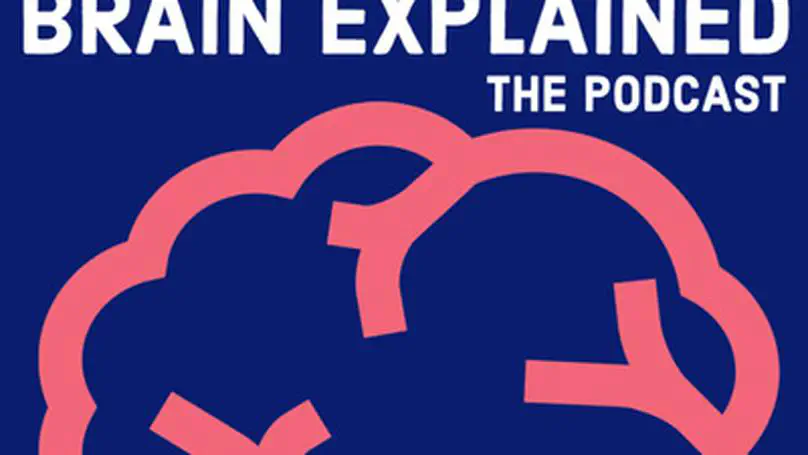
Brain Explained explores the latest neuroscience that is fresh of the press. Tune in each month to listen to a deep dive interview into a research paper or thesis with the researcher.
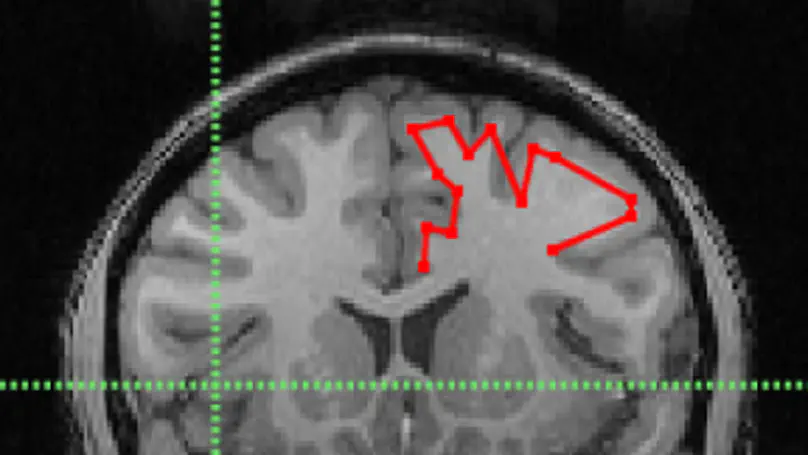
Greedy is a tool for fast medical image registration. It is a fast CPU-based deformable image registration tool that can be used in applications where many images have to be registered in parallel.

ERPLAB Toolbox is a free, open-source Matlab package for analyzing ERP data. It is tightly integrated with EEGLAB Toolbox, extending EEGLAB’s capabilities to provide robust, industrial-strength tools for ERP processing, visualization, and analysis.
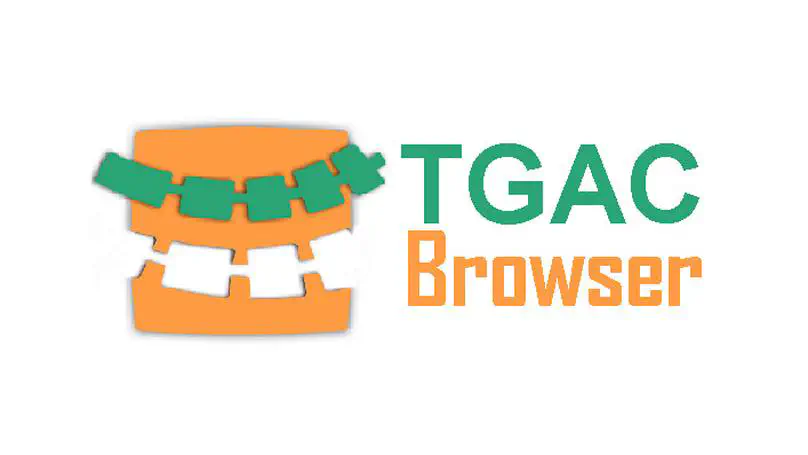
The TGAC Browser is a Genomic Browser with novel rendering and annotation capabilities designed to overcome some shortcomings in available approaches. It was developed to visualize genome annotations from Ensembl Database Schema.

We developed an automated apparatus and single pellet reach training paradigm for group housed mice within the home cage. This task allows individualized training progression and handedness of presentation for each mouse, minimizes stress induced by experimenter interaction, and enables experiments and data collection on a massive scale, previously impossible due to the demands of one-on-one behavioral testing.
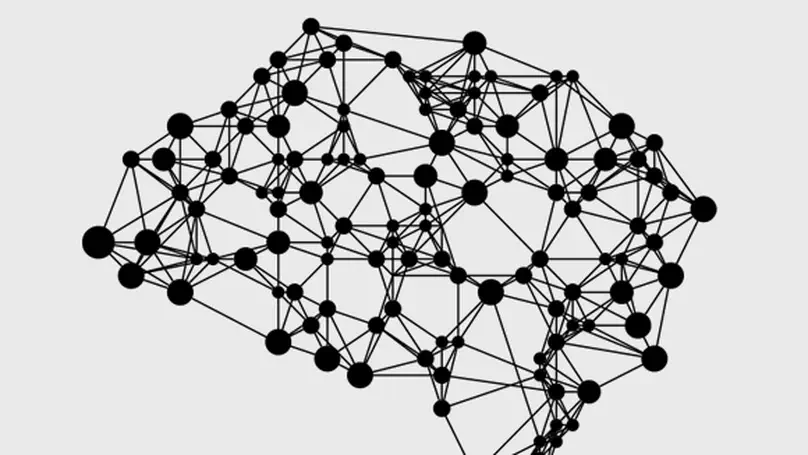
Easy whole-brain modeling for computational neuroscientists 👩🏿🔬💻🧠 In its essence, neurolib is a computational framework for simulating coupled neural mass models written in Python. It helps you to easily load structural brain scan data to construct brain networks where each node is a neural mass representing a single brain area.
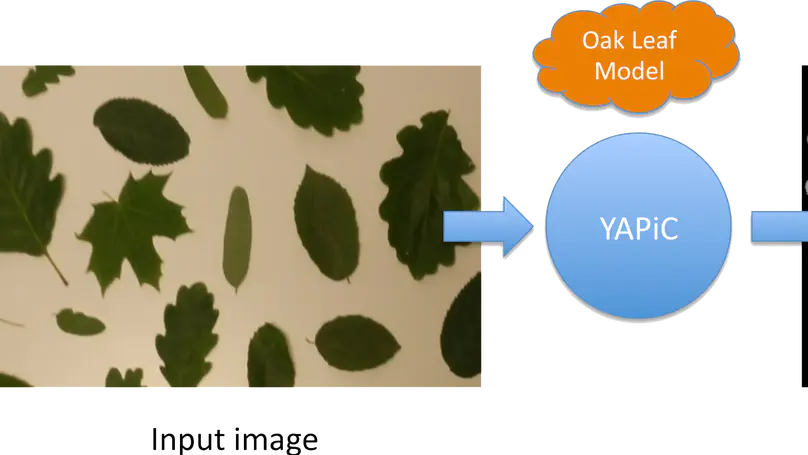
World Wide Series Seminar With YAPiC you can make your own customized filter (also called model or classifier) to enhance a certain structure of your choice with a simple Python based command line interface, installable with pip.
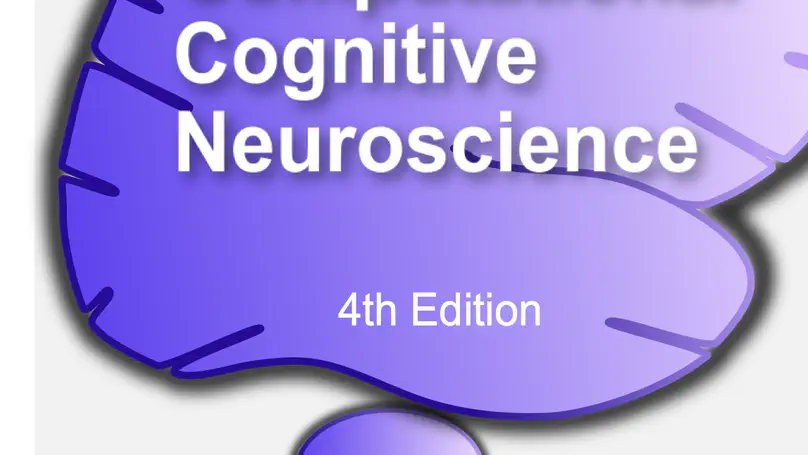
This is the 4th edition of the online, freely available textbook, providing a complete, self-contained introduction to the field of Computational Cognitive Neuroscience, where computer models of the brain are used to understand a wide range of cognitive functions, including perception, attention, motor control, learning, memory, language, and executive function.

Neural network simulation software written in Go and Python, for developing biologically-based but also computationally functional neural models. Features an interactive 3D interface for visualizing networks and data, and has many implemented models of a wide range of cognitive phenomena.
